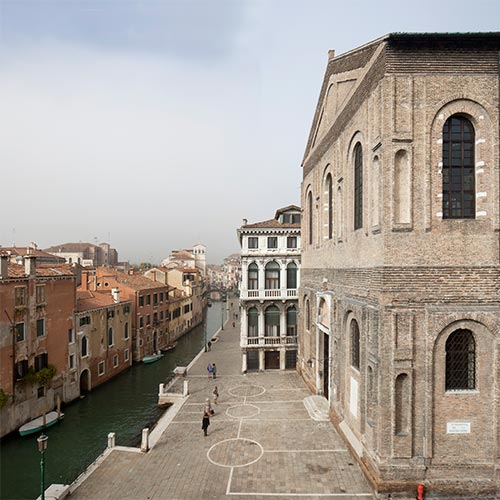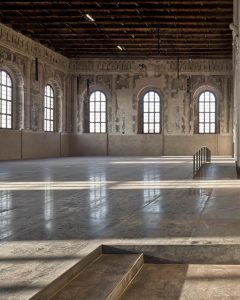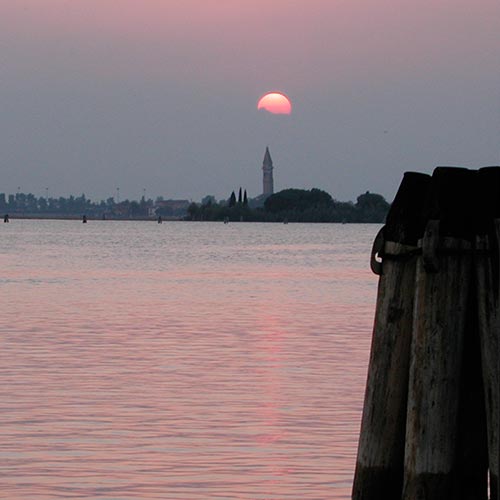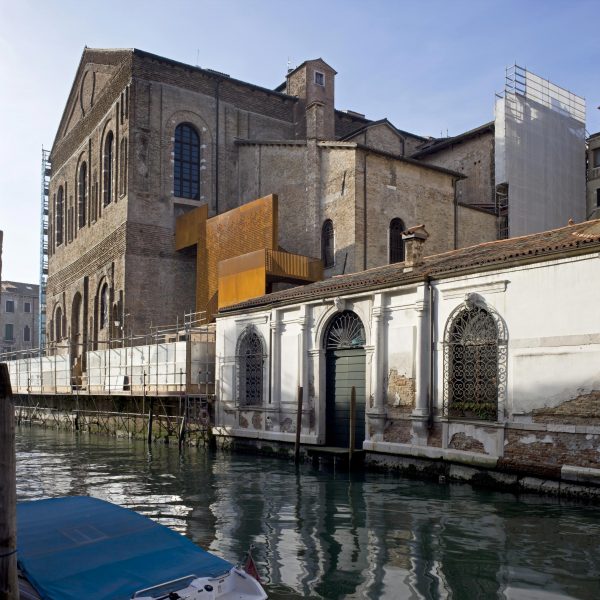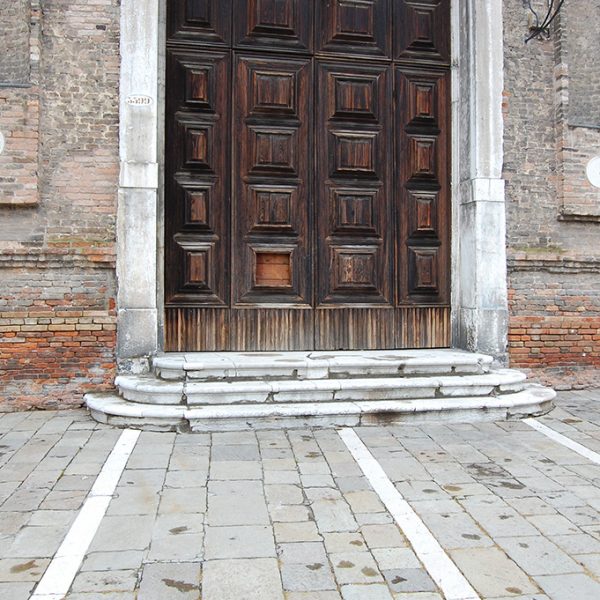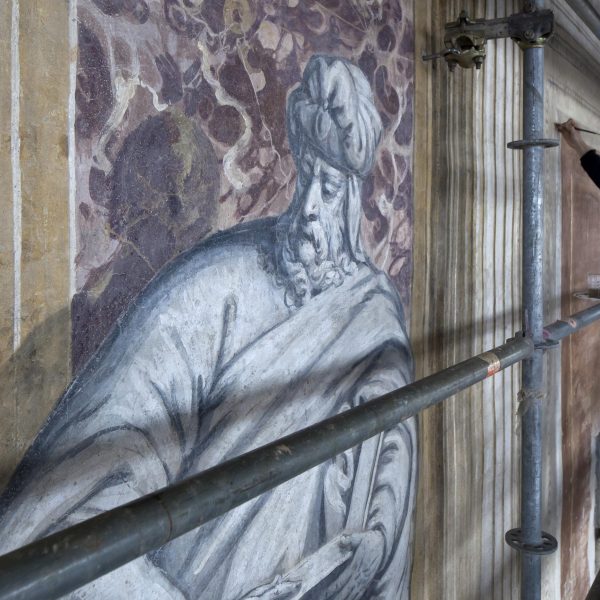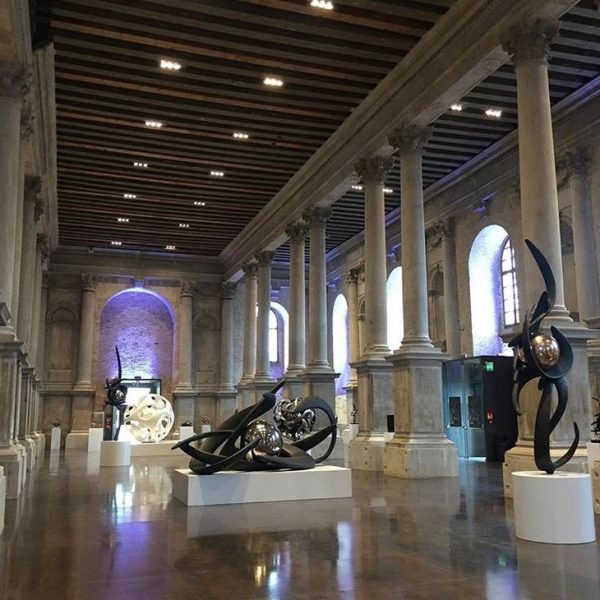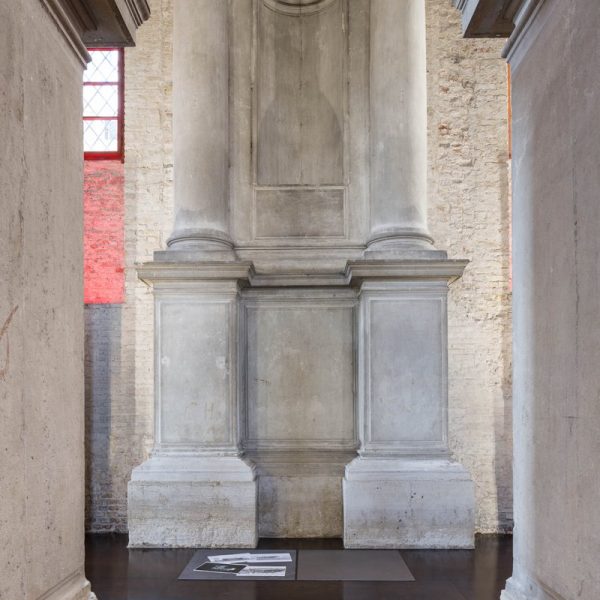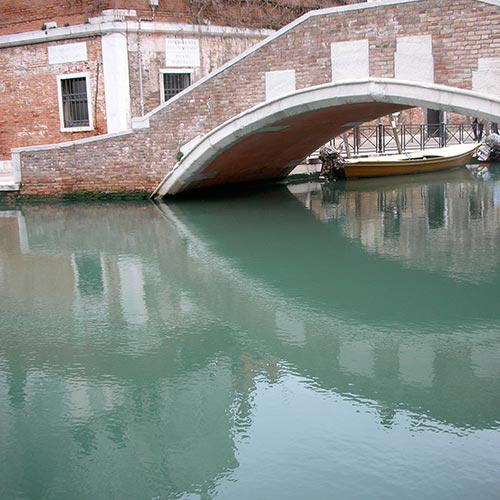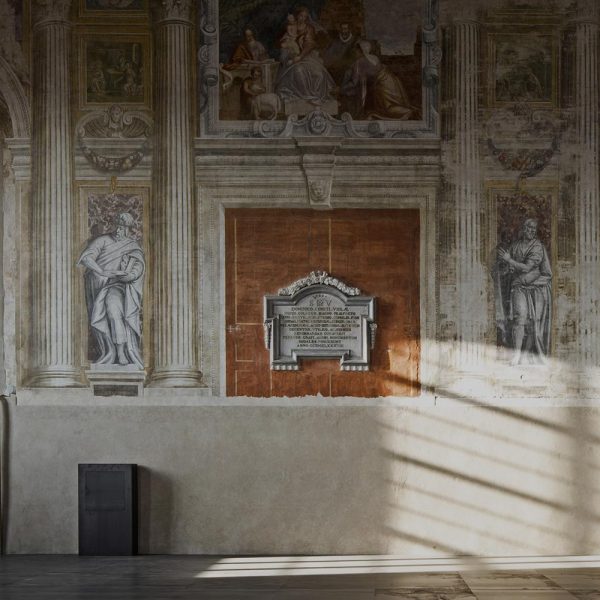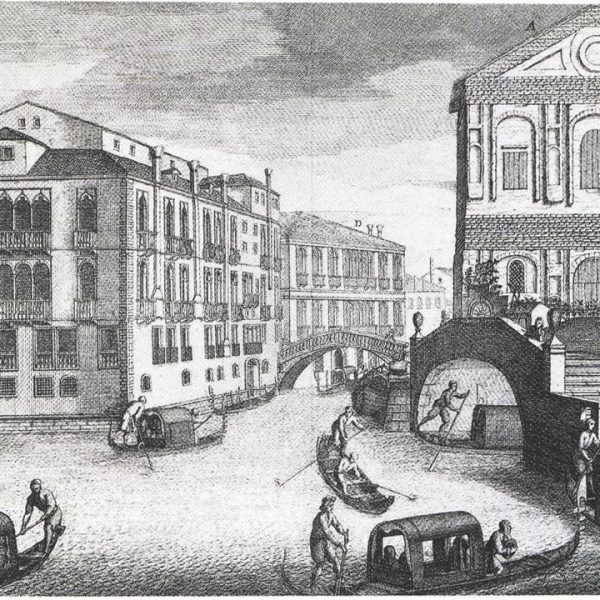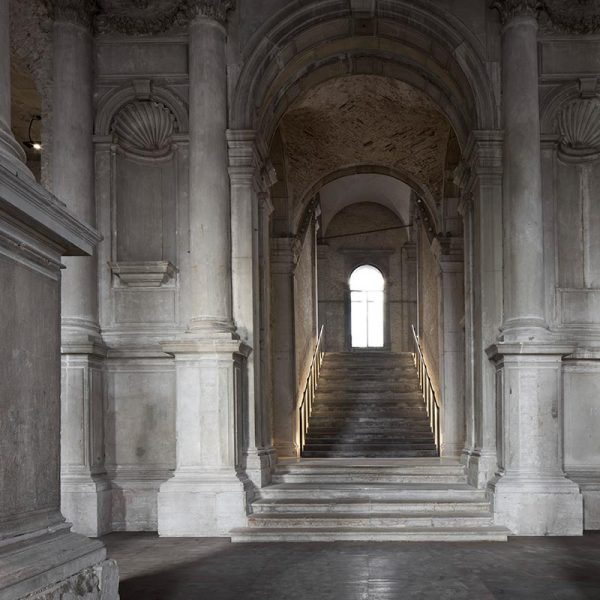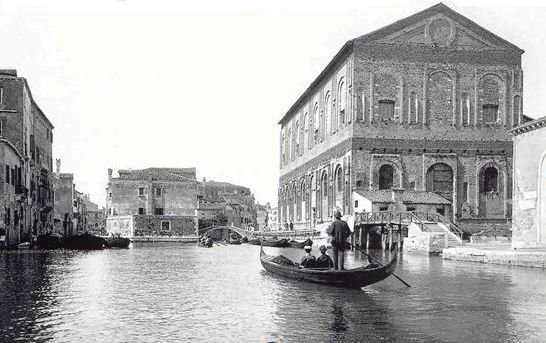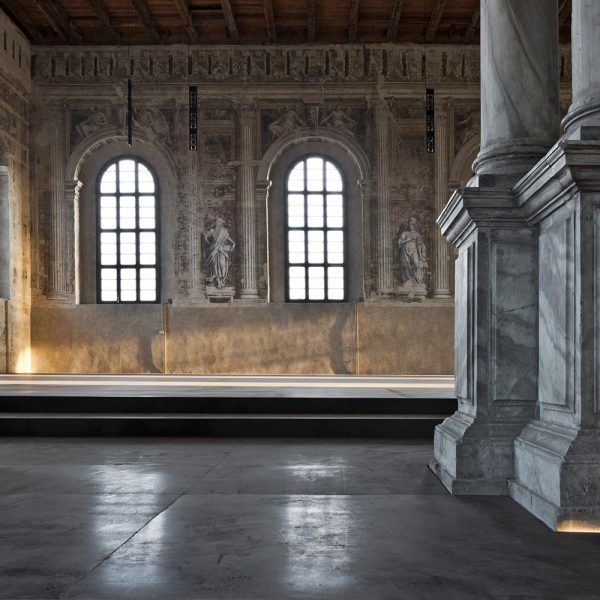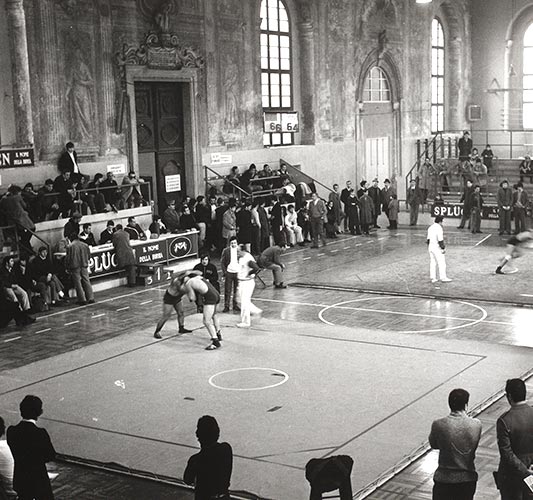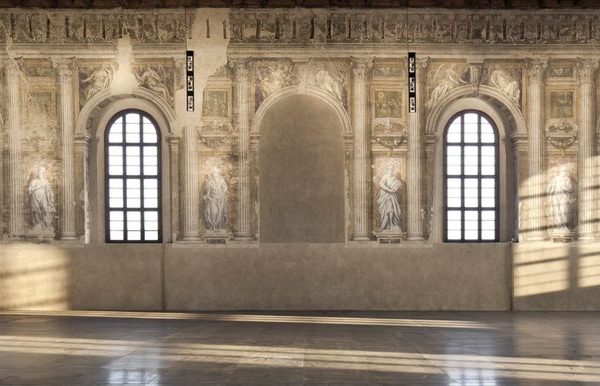Scuola Grande Della Misericordia di Venezia
If studying art history from across the centuries, by definition that includes the study of architecture in all its forms at some level.
Unsurprisingly, that developed a weakness for Italian architecture courtesy of studying Medieval, Renaissance and Baroque art over some time.
When I read that Scuola Grande Della Misericordia in Venice had undergone a major restoration and modernisation in the last decade, I wanted to investigate immediately!
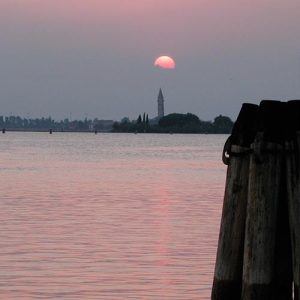 As a consequence of studying art history and delving into architecture a realisation dawns that these are not ‘just old buildings’; every site, concept (religious, architectural and artistic), every stone, column, fresco and arch was immaculately thought out by the instigator and the artisans of the day: the whole was steeped in symbolism.
As a consequence of studying art history and delving into architecture a realisation dawns that these are not ‘just old buildings’; every site, concept (religious, architectural and artistic), every stone, column, fresco and arch was immaculately thought out by the instigator and the artisans of the day: the whole was steeped in symbolism.
Yet, it has to be acknowledged that buildings such as these were the exclusive province of the Church and nobility, more often than not, in communion. At this point in time, the connection signifies the universal significance of the Supremacy of Christ over all earthly realms
Alas, the ‘yobs’ only featured on the margins.
I came across this beautiful place and story on Instagram and wanted to record its diverse and uncommon history.
________________________________________________________________
THE SPACES
 The majestic building of the Misericordia is unique in Venice by virtue of its space and dimension. It can accommodate more than 1,000 people and allows for total freedom in the setting up of installations and in the use of space.
The majestic building of the Misericordia is unique in Venice by virtue of its space and dimension. It can accommodate more than 1,000 people and allows for total freedom in the setting up of installations and in the use of space.
Situated in the Cannaregio district, at the end of the fondamenta of the same name, the Scuola Grande della Misericordia dominates the north side of Venice.
A unique building of its kind, set in a fascinating area where the magnificent achievements of Venetian architecture meet the waters of the lagoon.
________________________________________________________________
The “Scuole Grandi” of Venice
Recognized as the most important social institutions in the Serenissima Republic of Venice, the Scuola di Santa Maria della Misericordia, along with those of San Marco, San Rocco, San Giovanni Evangelista, Santa Maria della Carità, San Teodoro, and dei Carmini, represented the seven “Scuole Grandi” of Venice whose members were predominantly high dignitaries in Venetian society.
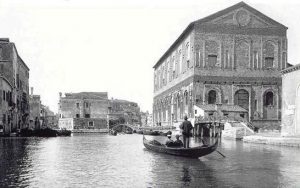 Founded in the Middle Ages as a secular phenomenon of devotion and solidarity, the “Scuole Grandi” played a key role in the social, political and religious fabric of the Republic of Venice.
Founded in the Middle Ages as a secular phenomenon of devotion and solidarity, the “Scuole Grandi” played a key role in the social, political and religious fabric of the Republic of Venice.
________________________________________________________________
The Scuola Vecchia
The complex social position of the Scuole, as representatives of an active and wealthy albeit powerless class, had an impact on architecture. Right from the outset, the members of the confraternity revealed their impressive architectural ambitions for the project: a majestic building whose reputation would spread beyond the borders of the city, not only within Italy, but across all of Christendom…
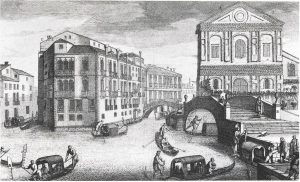 At the beginning of the sixteenth century the project by Alessandro Leopardi was chosen, but the defeat at Agnadello (1507) proved a major setback for the Republic of Venice and construction would not resume for another two decades.
At the beginning of the sixteenth century the project by Alessandro Leopardi was chosen, but the defeat at Agnadello (1507) proved a major setback for the Republic of Venice and construction would not resume for another two decades.
________________________________________________________________
Jacopo Sansovino (1486 – 1570) and the Scuola Nuova
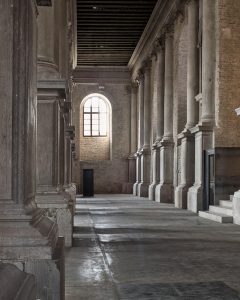 Arriving in Venice after the Sack of Rome, the Florentine architect and sculptor Jacopo Sansovino was awarded the project for the construction of the “Scuola Nuova” partly thanks to the esteem of Andrea Gritti.
Arriving in Venice after the Sack of Rome, the Florentine architect and sculptor Jacopo Sansovino was awarded the project for the construction of the “Scuola Nuova” partly thanks to the esteem of Andrea Gritti.
Sansovino was able to bring a great sense of harmony to the entire project…the interiors, completed only after his death, were richly decorated with works of art worthy of the importance of the Venetian Scuola Grande.
Veronese, Zanchi, Lazzarini, Pellegrini, and last but not least Domenico Tintoretto, son of the famous Jacopo, were only some of the artists involved in the decoration of a building that still retains the splendour and prestige with which it was conceived. There are even some drawings attributed to Palladio, which are believed to represent the Scuola Grande della Misericordia.
________________________________________________________________
The Misericordia in the modern age
Unfinished at the death of Sansovino, the building would not be inaugurated until 1583, while the completion of works continued for another two hundred years.
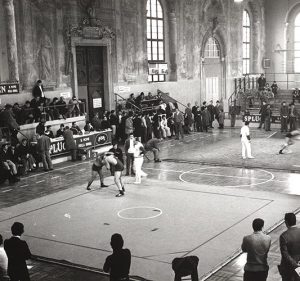 Since the beginning of the nineteenth century the Scuola has been used in different ways: firstly as military lodgings, then as a warehouse, and finally as the seat for the State Archives.
Since the beginning of the nineteenth century the Scuola has been used in different ways: firstly as military lodgings, then as a warehouse, and finally as the seat for the State Archives.
In 1914 it became home to the educational and sporting activities of the Costantino Reyer Sports Club, which in spite of many logistic difficulties managed to transform it into a temple to sports in Venice…The Misericordia was home to the Reyer Sports Club until 1991 when the City of Venice entrusted the restoration of the building to Giovanni Battista Fabbri, although work was never completed.

